The article was professionally consulted by Dr. Huynh Tan Vu and Dr. Le Ngo Minh Nhu, University of Medicine and Pharmacy Hospital, Ho Chi Minh City - Campus 3.
Define
- Cranial nerve 7 is a motor nerve that controls facial muscle movement. Peripheral facial nerve palsy is a condition of complete loss of movement or weakness of the muscles of half the face, due to nerve damage. The disease occurs when the 7th nerve is compressed and causes inflammation.
- Peripheral facial nerve palsy is the most common disease among facial nerve diseases.
Reason
There are many causes of the disease. Among them:
- 75% of cases are caused by sudden cold. The situation is usually when the body is weak, combined with the habit of using air conditioning or fans to blow directly on the face, bathing at night, getting wet in the rain, going from an air-conditioned room to hot weather or from outside to an air-conditioned room suddenly.
- Infection (usually ear infection).
- Trauma (car accident or brain or ear surgery).
Who is at risk for facial nerve palsy?
The disease can occur at any age and gender, but is more common in the following groups of people:
- People with weakened immune systems.
- Pregnant women, new mothers
- People who are overweight or obese.
- People who are lazy and have little contact with the outside environment.
- People who often stay up late, bathe late or bathe early.
- People are susceptible to colds when the weather changes.
Symptom
- Sudden onset, after waking up at night, experiencing paralysis of the entire facial muscles on one side within 24-48 hours.
* In a static state, the patient's face is asymmetrical, the facial muscles are pulled to the healthy side, there are wrinkles on the forehead, nasolabial folds, the philtrum is deviated, and the mouth is crooked.
* In a dynamic state, the patient's eyes do not close completely, and the eyeballs move upwards.
- The patient cannot or has difficulty performing movements such as frowning, frowning, baring teeth, pouting lips, puffing cheeks, playing the flute...
- A few cases have additional tinnitus and tearing on the paralyzed side...
- Symptoms do not appear at the same time in each patient, but vary in severity from person to person.
Complications
- Peripheral facial nerve palsy is mostly not immediately life-threatening.
- In the long term, if not treated promptly, the disease can turn into spastic paralysis, causing emotional and aesthetic effects such as facial imbalance, crooked mouth, eyes that cannot close completely, hemifacial spasms, corneal ulcers...
Treatment
- Depending on the cause and severity of the disease, the patient can recover on their own after 2-6 weeks, but this is very rare.
- Patients may be prescribed:
* Use corticosteroids, antiviral drugs, and surgical treatment if necessary.
* Traditional medicine massage, acupressure and acupuncture methods.
During treatment, patients need to coordinate:
* Wear sunglasses if you go out.
* Do not watch TV, read books, use phones or computers for long periods of time.
* When sleeping, cover the paralyzed eye with clean gauze to avoid dry eyes. Use eye drops with 0.9% NaCl solution and keep face and neck warm.
* Wash your face with warm water, rub both sides of your face in circular motions from bottom to top to avoid sagging facial muscles.
* Do not let the fan blow directly on your face.
* Limit going out in the rain and wind.
* Don't laugh too loud.
* Avoid mental stress and follow your doctor's instructions.
- Maintain a reasonable lifestyle.
- Don't stay up too late.
- Don't overwork.
- Don't take a bath too late.
- Exercise regularly to improve health...
- Keep warm when it's raining or cold, do not let the fan or air conditioner blow directly on your face.
- A reasonable diet, drink enough water, supplement necessary micronutrients to improve the body's resistance.
Source link



![[Photo] VinUni students' emotions are sublimated with "Homeland in the Heart: The Concert Film"](/_next/image?url=https%3A%2F%2Fvphoto.vietnam.vn%2Fthumb%2F1200x675%2Fvietnam%2Fresource%2FIMAGE%2F2025%2F11%2F26%2F1764174931822_10-3878-jpg.webp&w=3840&q=75)


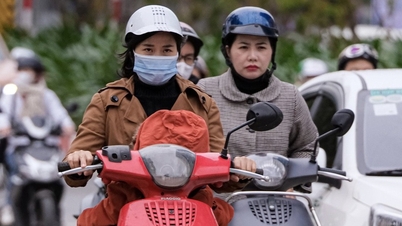

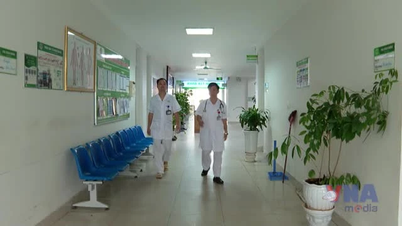




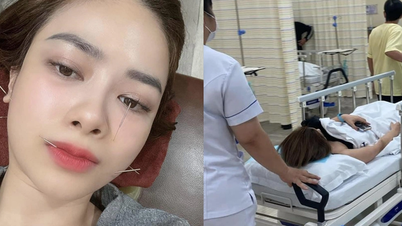








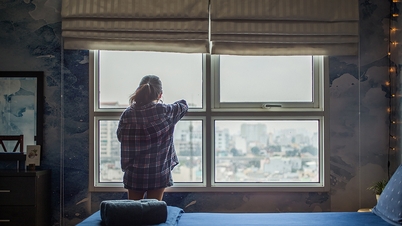
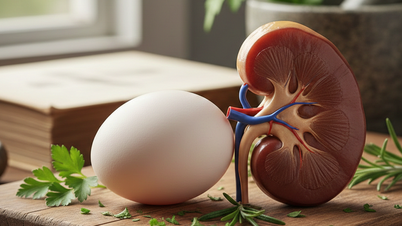










![[Photo] Close-up of heavy damage at the school located on the banks of the Ban Thach River](/_next/image?url=https%3A%2F%2Fvphoto.vietnam.vn%2Fthumb%2F1200x675%2Fvietnam%2Fresource%2FIMAGE%2F2025%2F11%2F26%2F1764152130492_ndo_bl_img-8188-8805-jpg.webp&w=3840&q=75)
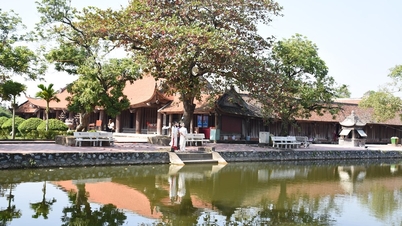












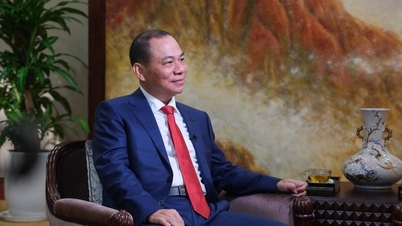



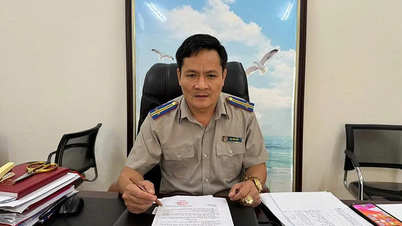










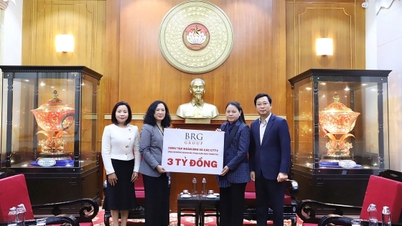



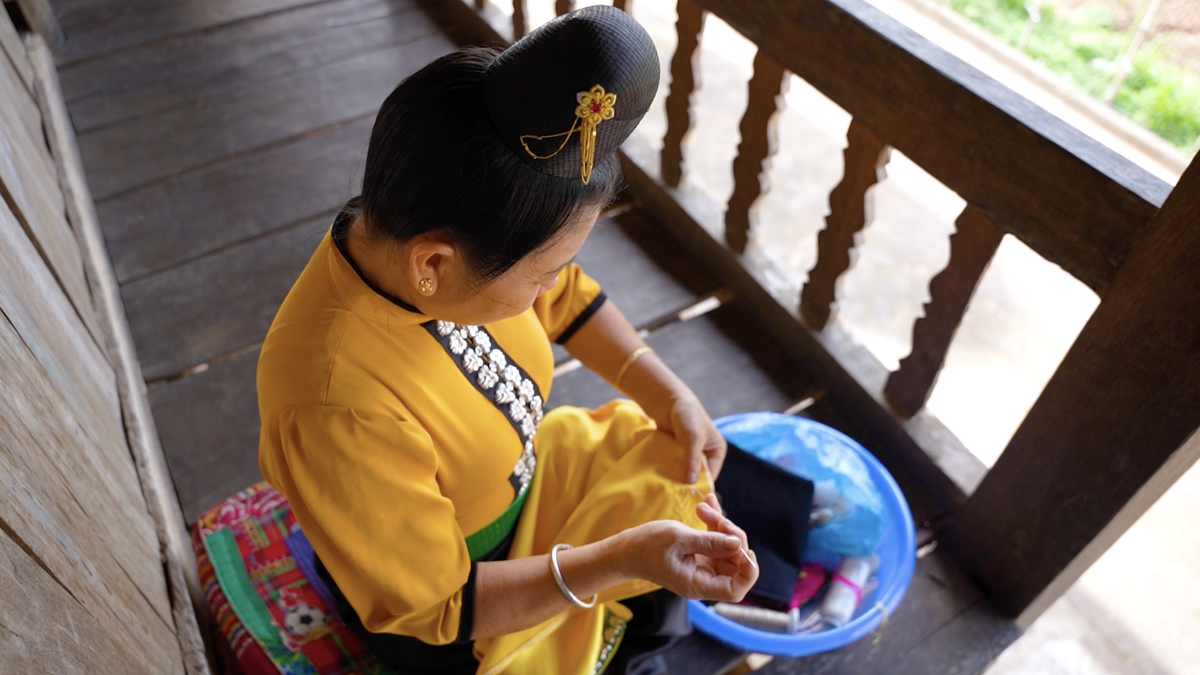


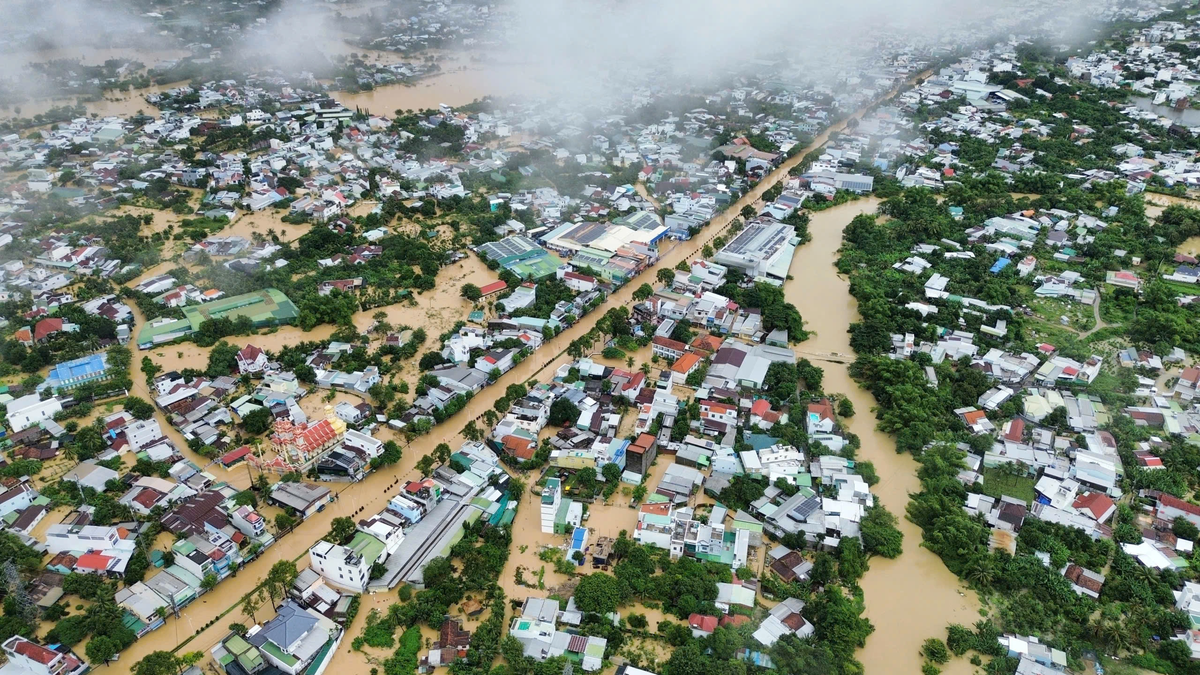

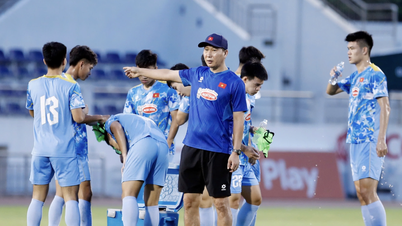

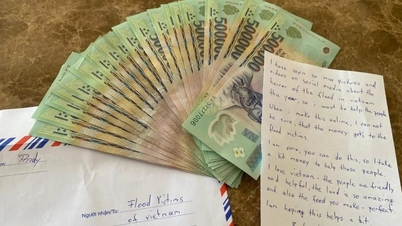
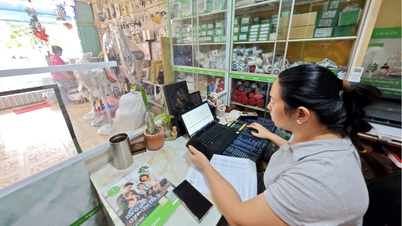
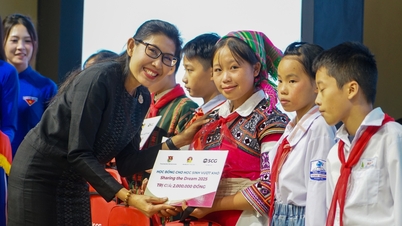
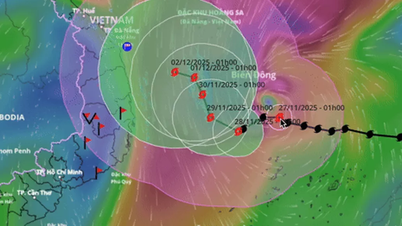
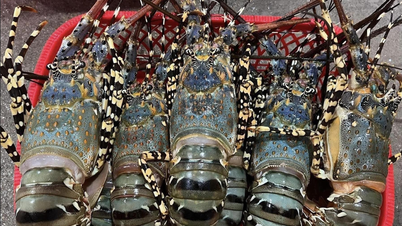
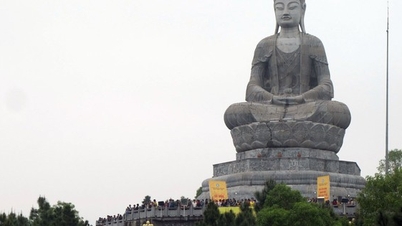








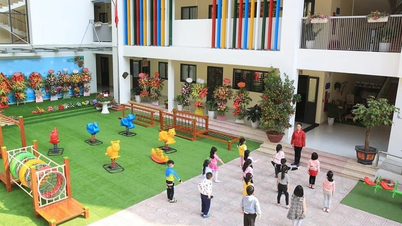

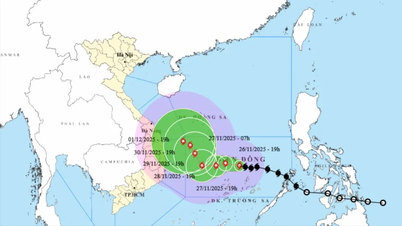

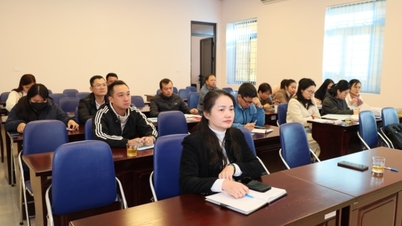



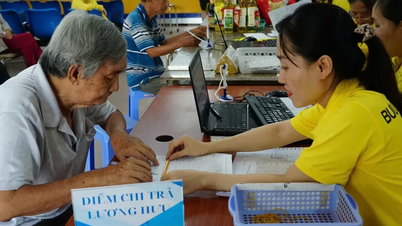











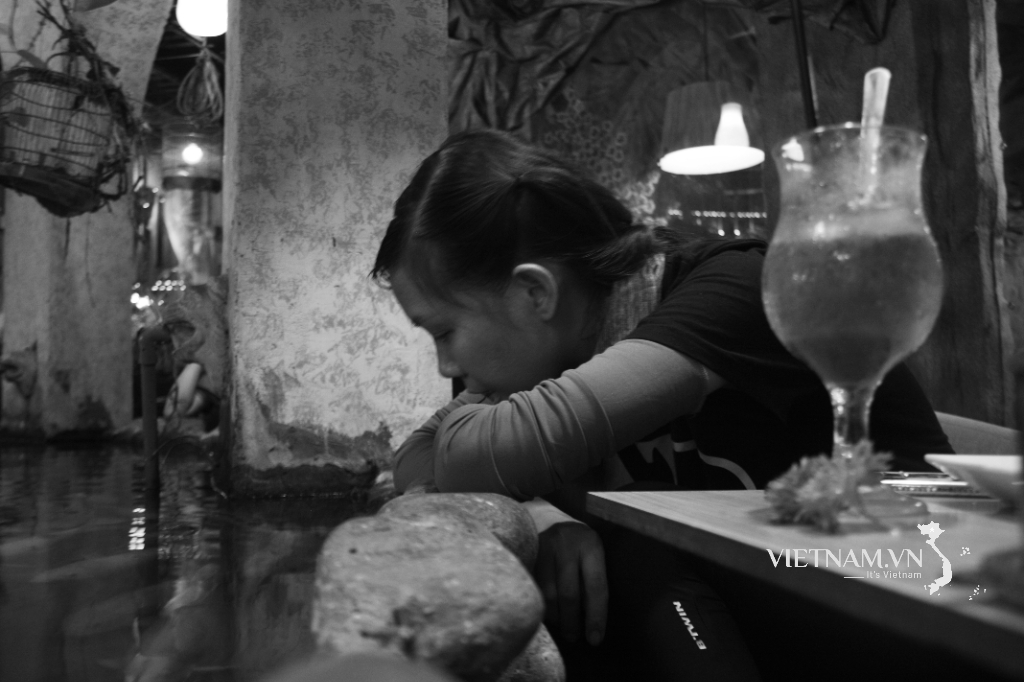



Comment (0)